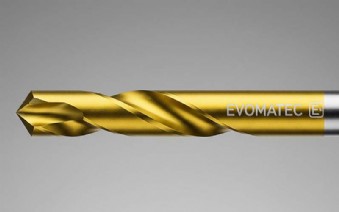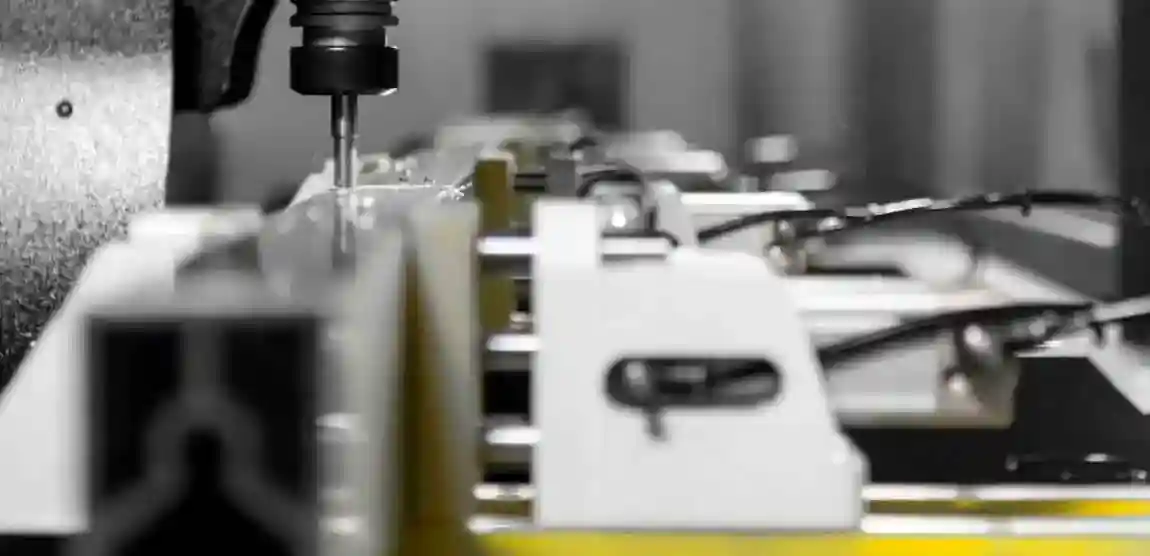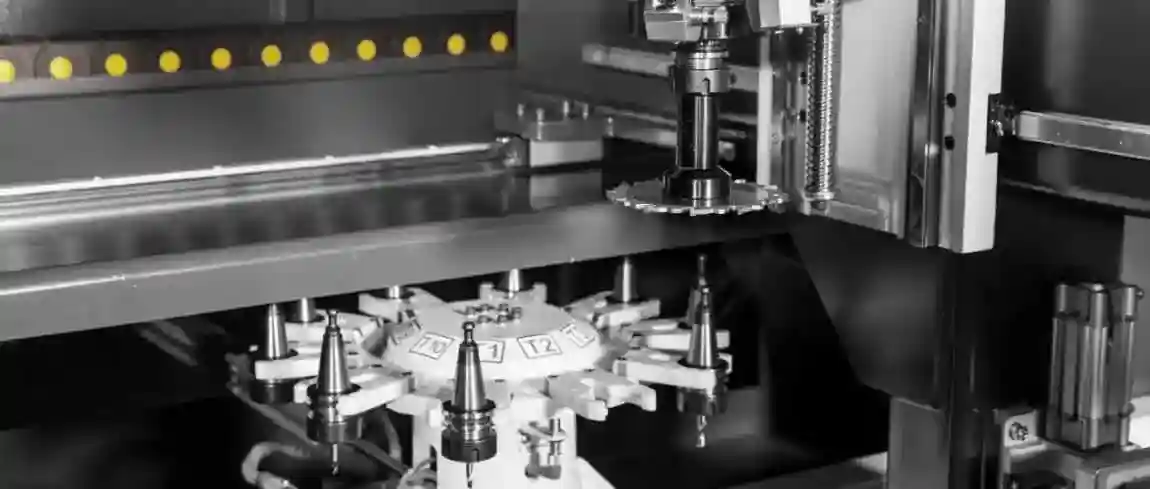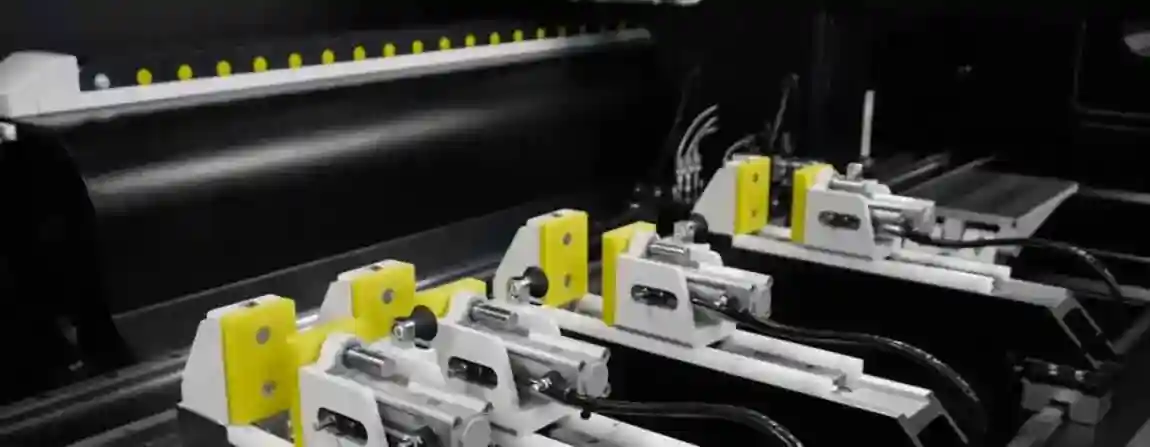-

Company
Product
ALUMINIUM MACHINES
PORTABLE MITER SAWS FOR ALUMINUM
PORTABLE COPY ROUTER MACHINES FOR ALUMINIUM
PORTABLE END MILLING MACHINES FOR ALUMINIUM
AUTOMATIC MITER SAWS FOR ALUMINIUM
COPY ROUTER MACHINES FOR ALUMINIUM
END MILLING MACHINES FOR ALUMINIUM
ALUMINUM CORNER CRIMPING MACHINE
DOUBLE MITRE SAWS FOR ALUMINIUM
AUTOMATIC SAWS FOR ALUMINIUM
BAR PROCESSING CENTERS
MACHINING CENTERS FOR ALUMINIUM COMPOSITE PANELS
NOTCHING SAWS
WEDGE CUTTING SAWS AND NOTCH CUTTING SAWS
MITER SAWS FOR ALUMINIUM
PVC PLASTIC MACHINES
PORTABLE MITER SAWS FOR PLASTIC
PORTABLE COPY ROUTER MACHINES FOR PLASTIC
PORTABLE END MILLING MACHINES FOR PLASTIC
MITER SAWS FOR PLASTIC
COPY ROUTERS FOR PLASTIC
END MILLING MACHINES FOR PLASTIC
WELDING MACHINES FOR PLASTIC
CORNER CLEANING MACHINES FOR PLASTIC PROFILES
DOUBLE MITRE SAWS FOR PLASTIC
BAR PROCESSING CENTERS
GLAZING BEAD SAWS
AUTOMATIC MITRE SAWS FOR PLASTIC
METAL MACHINES
MANUAL METAL SHEET BENDING MACHINE
MANUAL BENDING MACHINES
HYDRAULIC BENDING MACHINES
NON MANDREL BENDERS
PLATE BENDING MACHINES
BORDERING AND TRIMMING MACHINES
HORIZONTAL PRESSES
BELT GRINDING MACHINES
PIPE NOTCHING MACHINES
PIPE POLISHING MACHINES
LASER CUTTING MACHINES
PRESS BRAKES
VERTICAL TURNING CENTERS
MACHINING CENTERS
WOOD MACHINES
GLASS MACHINES
ROBOTICS SPECIAL MACHINERY
Service
Blog
Contact
Blog
- Home
- Blog
- METALWORKING MACHINES
- WHAT TYPE OF DRILL BIT FOR ALUMINUM
WHAT TYPE OF DRILL BIT FOR ALUMINUM

What Type of Drill Bit for Aluminum?
Drilling aluminum requires special considerations and the right choice of drill bit to ensure precise and clean holes. Aluminum is a soft and easy-to-machine metal, but it can be sticky and tends to form chips that can get stuck on tools. Therefore, selecting the right drill bit is crucial for efficient and trouble-free machining.
1. Drill Bit Material
High-Speed Steel (HSS)
High-Speed Steel (HSS) is one of the most common materials for drill bits. HSS drill bits are durable and cost-effective, making them well-suited for drilling aluminum. They are resistant to wear and can operate at high speeds, which is ideal for aluminum machining.
Cobalt-Alloyed Drill Bits
Cobalt-alloyed drill bits contain a small percentage of cobalt, making them harder and more heat-resistant than regular HSS bits. These drill bits are especially useful for frequent aluminum drilling or when dealing with thick material that requires higher heat resistance.
Carbide Drill Bits
Carbide drill bits are extremely hard and wear-resistant, making them perfect for drilling aluminum. They offer a longer lifespan and can operate at higher speeds, increasing productivity. However, carbide drill bits are more expensive than HSS and cobalt-alloyed bits.
2. Coatings
Titanium Nitride (TiN)
Titanium Nitride (TiN)-coated drill bits are widely used and provide improved hardness and wear resistance. This coating reduces friction and prevents aluminum from sticking to the bits.
Titanium Carbonitride (TiCN)
Titanium Carbonitride (TiCN)-coated drill bits are harder than TiN-coated bits and offer higher wear resistance. This coating is particularly useful at high speeds and temperatures.
Titanium Aluminum Nitride (TiAlN)
Titanium Aluminum Nitride (TiAlN)-coated drill bits provide the highest heat resistance and wear resistance. They are ideal for drilling aluminum at very high speeds and in applications where long tool life is required.
3. Types of Drill Bits
Twist Drill Bits
Twist drill bits are the most commonly used drill bits for aluminum. They are versatile and can be used for various drilling applications. Twist drill bits with a steep spiral angle (between 35° and 40°) are particularly good for drilling aluminum as they effectively remove chips and prevent them from getting stuck in the hole.
Step Drill Bits
Step drill bits are ideal for drilling aluminum sheets. They allow for drilling multiple hole diameters with a single tool and provide clean, burr-free hole edges.
Center Drill Bits
Center drill bits are useful for creating a precise center for drilling. They prevent the drill bit from slipping and ensure more accurate holes.
4. Coolants and Lubrication
When drilling aluminum, it is important to use an appropriate coolant or lubricant to reduce friction and improve heat dissipation. This prevents aluminum from sticking to the tools and extends the life of the drill bit. Suitable coolants and lubricants include:
Cutting oil
Drilling oil
Water-soluble coolants
Spray lubricants
5. Drilling Speed and Feed Rate
The correct drilling speed and feed rate are crucial for achieving optimal results when drilling aluminum. Generally, higher speeds and lower feed rates should be used to ensure clean machining and minimize chip formation. A typical range for drilling speed is between 60 and 100 meters per minute (m/min).
6. Preparation of the Material
Before starting to drill, make sure the aluminum workpiece is securely clamped. Use clamping fixtures or vises to stabilize the workpiece and minimize vibrations. Clean the surface of the workpiece to remove dirt and oxidation that could affect the drilling performance.
7. Techniques for Drilling Aluminum
Centering and Spot Drilling
Start with a smaller center drill bit to create a pilot hole. This helps guide the main drill bit and prevents it from slipping. Then drill the main hole with a suitable drill bit for aluminum.
Step Drilling
If you need to drill a large hole, it is often helpful to drill the hole in several steps. Start with a smaller drill bit and gradually work up to larger diameters. This reduces the load on the drill bit and ensures more precise results.
Removing Chips
Regularly remove chips from the hole to ensure clean machining. Use an air gun or brush to remove the chips.
Conclusion
Drilling aluminum requires the right selection of drill bits, coatings, and techniques to achieve optimal results. By using HSS, cobalt-alloyed, or carbide drill bits, suitable coatings such as TiN, TiCN, or TiAlN, and applying coolants and lubricants, you can drill precise and clean holes in aluminum. Pay attention to the correct drilling speed and feed rate, and prepare the workpiece carefully to ensure successful machining.
- Drill bit for aluminum
- aluminum drill bit
- HSS drill bit for aluminum
- cobalt alloy drill bit for aluminum
- carbide drill bit for aluminum
- coated drill bit for aluminum
- titanium nitride coated drill bit for aluminum
- titanium carbonitride coated drill bit for aluminum
- titanium aluminum nitride coated drill bit for aluminum
- twist drill bit for aluminum
- step drill bit for aluminum
- centering drill bit for aluminum
 GERMANY
GERMANY ENGLISH
ENGLISH FRANCE
FRANCE SPAIN
SPAIN PORTUGAL
PORTUGAL








